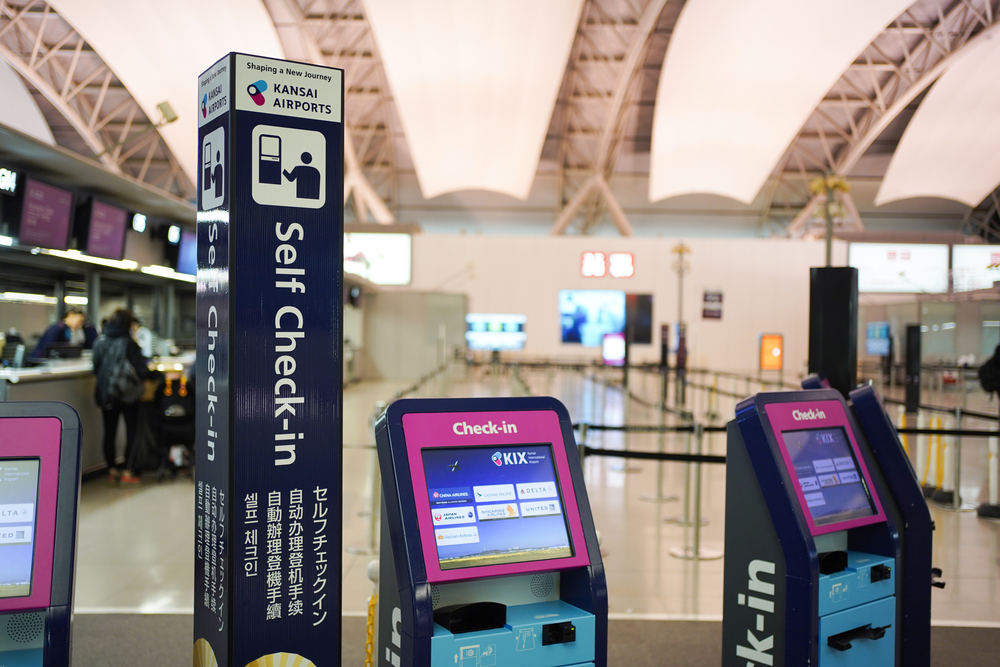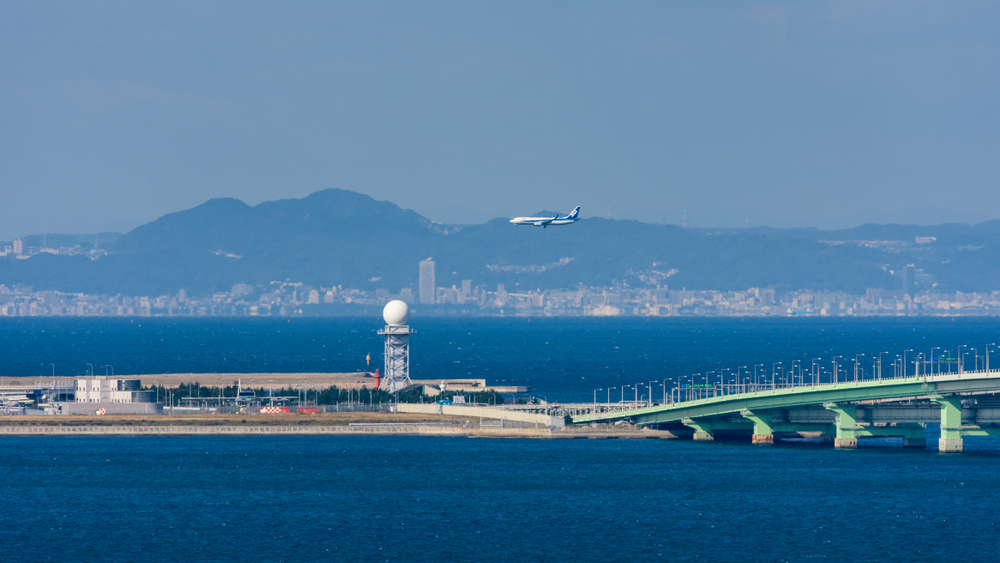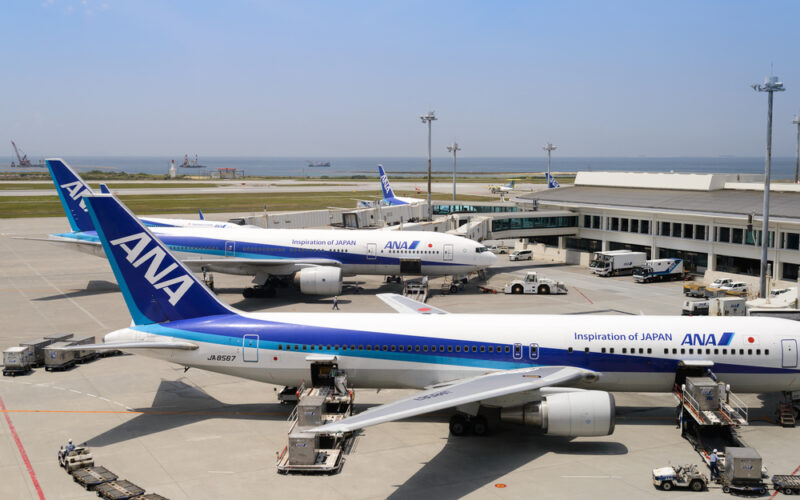Kansai International Airport (KIX) near Osaka, Japan has reported a feat that other international airports can only dream of. The airport has not lost a single piece of passenger luggage since it first opened in September 1994, earning itself an unrivaled international reputation for reliability and operational efficiency.
As the world’s attention turns towards Osaka in advance of Expo 2025, expectations are rising that international visitors to the event will arrive at one of the world’s best-run airports, where efficient passenger processing and even more reliable baggage handling techniques are the lifeblood to the airport’s smooth, stress-free experience.
Lost bags typically occur through a small number of critical points along the baggage handling chain. These can be from staff failing to load the bags at the departure airport, to errors in transferring them at connecting airports. According to SITA, an aviation-related IT system developer based in Switzerland, the world’s airline companies mishandled an average of 7.6 pieces of baggage per 1,000 passengers in 2022.
However, Kansai Airport seems to have evaded such issues in almost 30 years of existence, with no baggage lost due to causes directly attributable to the airport operator in the 30 years since its opening. The airport handled about 10 million baggage items in 2023.

The airport’s success in this is the result of multilayered checking work, according to the airport authority. Just two or three staff members are responsible for each aircraft’s worth of baggage, meaning there is less human intervention in the process and more staff ownership of those pieces of luggage on their journey through the airport.
“It’s important for multiple staff members to share information to prevent mistakes arising from erroneous assumptions,” said Tsuyoshi Habuta, who supervises baggage operations at the airport’s primary baggage handling company CKTS, speaking to Nikkei Asia.
Kansai’s faultless baggage process
Upon an aircraft’s arrival, should the number of unloaded baggage items differ from the number loaded at the origin airport, the CKTS staff immediately inspect the cargo hold on the aircraft, in addition to the parking apron around it, and the airport’s luggage sorting area.
Additionally, the airport, through CKTS, promotes a goal to have every bag from every arriving aircraft to the baggage claim area within 15 minutes following an aircraft’s arrival, to keep passenger stress to a minimum.
Not only that but CKTS employees are trained to place suitcases on conveyor belts so the handles face outwards toward passengers to save them time and reduce inconvenience. The employees are also instructed to wipe dry any suitcases that might get wet in the rain, and for any damaged items such as musical instruments or baby strollers, the employee is tasked with handing them over to the passenger personally.

In the Skytrax World Airport Awards 2024, Kansai Airport was named the world’s best airport for baggage delivery, in recognition of its efficiency and speed in getting luggage to passengers – the eighth time that the airport has won this prestigious award.
However, despite the reputation, the awards, and the accolades, Kansai Airport is not resting on its laurels. Expo 2025 is expected to attract over 3.5 million overseas visitors to Osaka from April to October 2025, while the airport itself is forecast to handle 37.33 million passengers in 2025. This figure is a huge increase over just 14 million in 2023. During this time, the world will watch to see whether Kansai can maintain its 100% record.


2 comments
congratulations to the team and the admin staff who made/make it happen. such a contrast to their counterparts in other countries..
Very impressed. Japanese people are very prideful of doing a good job and it shows. Congratulations.